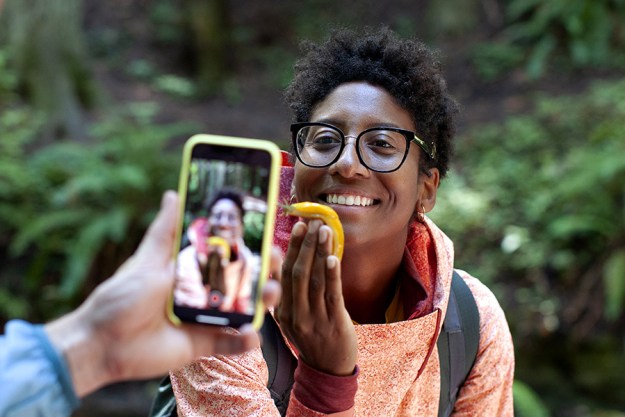
Social media marketers have heralded influence and reach as today’s standard for social media excellence. And “influence,” according to applications like Klout, Kred, and PeerIndex, is more or less defined by retweets, comments, and shares. Introducing itself at SXSW, Prollie is a newcomer and wants to popularize its social media analytic that puts quality over quantity, and passions over influence. As easy as it is to drop Prollie in the same bucket as the previously mentioned, the platform begs to differ.
There’s an element to Prollie that we’ve seen already with the three influence-oriented platforms. Prollie is admittedly another site that analyzes your social media presence and tacks a score to your name, although instead of numbers Prollie uses a grade.

Prollie, unlike Klout, Kred, and PeerIndex, isn’t really a tool to just keep track of your grade. Even if you see a grade between A and C- next to your profile picture, the point of Prollie is simply to find other users. To do this Prollie provides a search engine tool for consumers to find someone with interests that align with their own.

But before we write off grades completely, CEO Michael Fabbri explains that grades provide an important function. Because Prollie is part-search engine, users will want to appear at the top of search results. However, not everyone gets to top the search results so grades help users “understand why they aren’t getting suggested or not. The way we can do that is to make it very transparent about why we chose to recommend this person over the next.”
Where Prollie differs from the influence-driven analytic platforms is the type of signals that it tracks for. Instead of “influence” Prollie cares about your “passions” and “skill.”
The idea here is that the quality of what a user is publishing to their social networks matters far more than the number of followers you have. Even if you were an average Joe or Jane passionate about music but had just 200 followers on Twitter, you actually might have more quality things to say than Justin Bieber with 35.7 million users and might deserve more followers than the pint-sized pop star.
How Prollie works behind the scenes to figure out your passions and grade is that it analyzes the content that you’re sharing or publishing textually and contextually. By textually we don’t mean that Prollie just tracks the number of times you mention “technology” for its algorithm to figure out that one of your passions is technology. Mind you there are four passions that Prollie algorithmically determines for you based on what you’re saying on social networks. But the algorithm goes deeper than that. For instance if you connect your Foursquare account to Prollie and you’re a wine connoisseur, Prollie will recognize that you’ve checked into a winery on Foursquare and use that signal to figure out if you just love talking about wine, or you really do love wine with a passion.
There’s a second part to the algorithm that makes how Prollie’s team shaped its algorithm quite interesting. To figure out what constitutes quality content, the algorithm picked apart the words of certain people that Prollie respected as communicators on social media. They then found patterns in the attributes that all these influential people shared. To give you a small look at Prollie’s algorithm at its surface level, Fabbri explained that how you use hashtags, how to mention someone or tag someone, are some ways Prollie is able to figure out the quality of your social media presence. For example, “If you’re on Foursquare not only checking in, but do you leave tips as well to tell people what to get or what to do; and then really utilizing the robustness of each network to tell your message,” says Fabbri.
